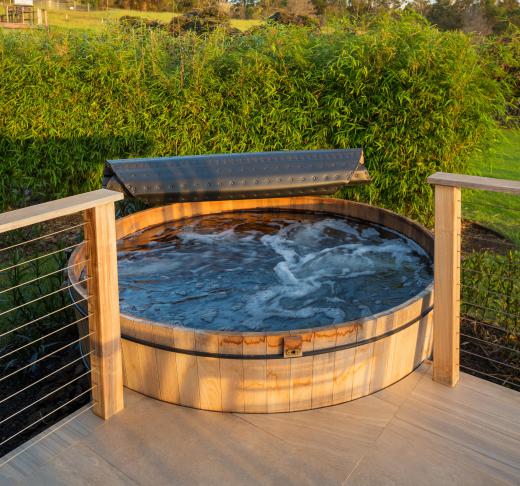A spa pump is used to circulate water through a filter and provide the thrust for the massaging and bubble jets often found in spas. Both tasks are critical to the operation and enjoyment of the units. Though closely related to a pool pump, the additional task of providing thrusts of water through the jets makes a spa pump unique.
Spa pumps come in a variety of powers and choosing one is very important in assuring essential operation of the spa. A spa pump's rating is in terms of horsepower. The traditional power rating for a spa pump usually runs from just under one horsepower to more than three horsepower.

From a power perspective, there is no limit to the potential of a spa pump. However, there are a number of practical elements that limit how a pump’s power. First, the internal plumbing of spas can only take so much torque. Pipes and fittings can be stressed to a breaking point if there is too much force continually being pumped through them. Second, there comes a point when it is no longer comfortable for those in the spa to subject themselves to the power of the jets.

It also may be possible to limit the power of some spa pump models. A spa pump usually comes in one or two speeds. With the flip of a switch, a two-speed pump can be transformed from giving a vigorous massage to providing a gentle and soothing massage.
In addition to power and speed options, it is also important to consider voltage when purchasing a spa pump. They come in two voltages, 115V and 230V. If you are replacing a spa pump, its voltage should be plainly visible on a label somewhere on the pump. For those unsure what type of electrical voltage they have going to their spa, it is recommended that it be it checked by an electrician.
While traditional spa pumps handle both the jet action and the circulation tasks, there are spa pumps designed to specifically handle only the circulation aspect of a spa's operation. Some owners choose this option because it normally extends the life of both the circulation and jet pumps. Also, a dedicated filter pump uses less energy, even running constantly, than a traditional spa pump running only part of the day because of efficiencies in design that can be realized when the pump is only performing one function.
